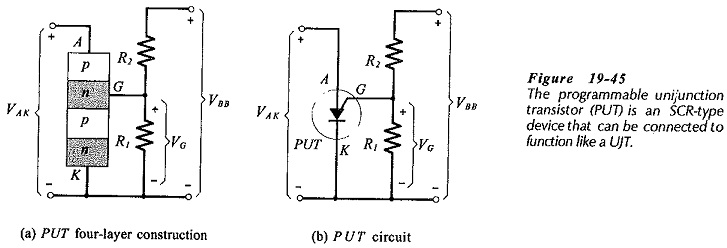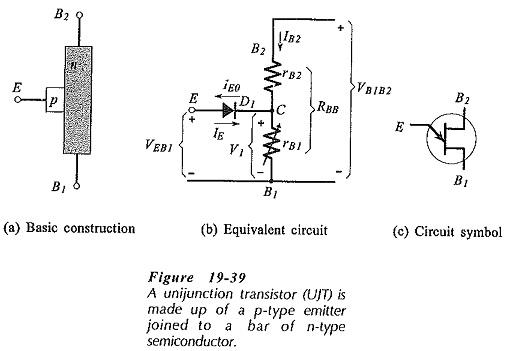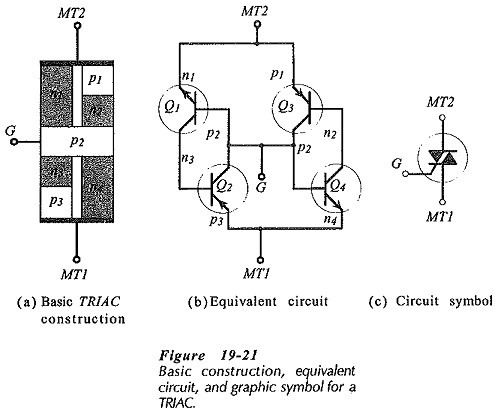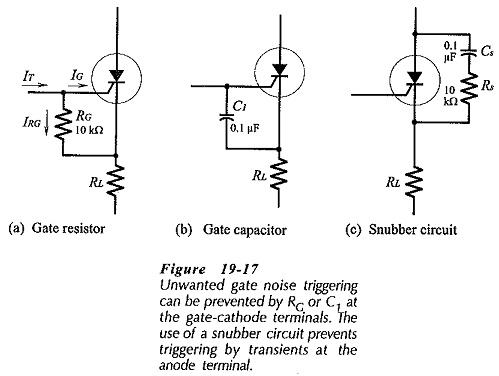Programmable Unijunction Transistor
Programmable Unijunction Transistor: PUT Operation - The Programmable Unijunction Transistor (PUT) is actually an SCR-type device used to simulate a UJT. The interbase resistance (RBB) and the intrinsic standoff ratio (η) can be programmed to…





